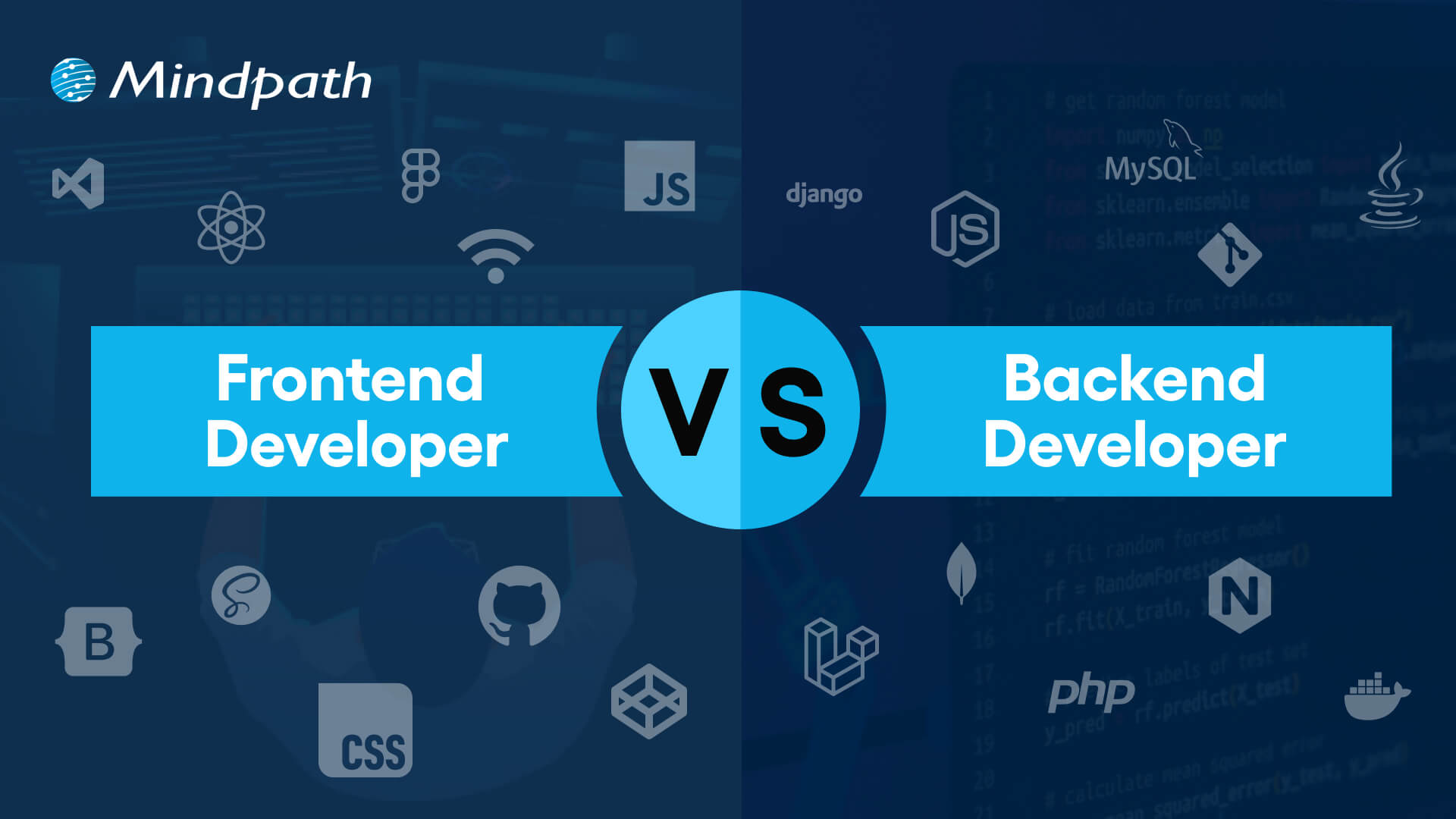Did you know that businesses can choose different cloud strategies to manage their data and applications more effectively? Have you ever wondered what sets a multi-cloud approach apart from a hybrid cloud? You’re not alone! Many people confuse the two, thinking they are the same. But which strategy is right for your business needs? Understanding the difference between multi-cloud and hybrid cloud is crucial for making the right decision. Let’s dive in and explore what makes each one unique!
What is Multi-Cloud?
Multi-cloud refers to leveraging services from more than one cloud provider to operate business applications. Businesses want to employ two or more cloud providers rather than relying just on one. These can include public, private, or a combination of the two. The primary concept behind multi-cloud is flexibility. Businesses can choose the finest features from many suppliers to meet their needs and avoid depending too much on a single vendor. This technique enables them to make the most of their cloud services. Many businesses now choose multi-cloud since it lets them run apps where they are most effective while keeping things simple. Kubernetes and other tools make it easy to migrate, create, and enhance programs across many cloud platforms, offering enterprises the freedom to grow and adapt.
Advantages of Multi-Cloud
1. Cost-Effective Solutions
2. Access to Innovative Technologies
Businesses that use a multi-cloud approach can benefit from the most recent technological breakthroughs from numerous cloud service providers. Cloud providers are always upgrading their services and introducing new capabilities, so adopting a multi-cloud configuration means you aren’t confined to what one provider has to offer. This strategy enables organizations to use cutting-edge technology as they become available, allowing them to improve their own goods and services. By selecting tools and features from a number of vendors, you can ensure your company’s competitiveness in a rapidly changing industry. Multi-cloud allows you to experiment with and adopt cutting-edge technologies without being limited to a single provider. This flexibility enables firms to develop quicker and provide better services to their clients, keeping them ahead of the technological curve.
3. Enhanced Security and Compliance
A multi-cloud approach enables enterprises to retain high security and satisfy regulatory standards throughout their operations. Organizations can employ several cloud providers to implement identical security and compliance procedures, regardless of where their data or applications are stored. This technique ensures that workloads can be launched and scaled safely while adhering to industry standards and regulatory obligations. Businesses can also profit from the enhanced security features offered by various cloud providers, resulting in a more strong and dependable protection system. Multi-cloud enables businesses to reliably manage sensitive data, reduce risks, and retain regulatory compliance, all while operating across several platforms. This makes it an excellent alternative for organizations that value both innovation and safety.
4. Improved Reliability and Redundancy
A multi-cloud strategy improves dependability by reducing the likelihood of unplanned downtime. With workloads distributed across many cloud providers, there is no single point of failure. If one cloud fails, your services will continue to function normally on another cloud platform. This technique guarantees that corporate operations continue even when unforeseen disruptions occur. In the case of a breakdown, computing requirements can be instantly moved to a backup cloud, avoiding service disruptions and ensuring performance. Multi-cloud systems also allow for automated failover across clouds, which improves dependability even further. As a result, multi-cloud delivers a more robust architecture that assures greater uptime, lowers risks, and enables organizations to deliver consistent services even during cloud service outages.
What is Hybrid Cloud?
A hybrid cloud combines many types of cloud infrastructures. It mixes public clouds (such as those used by large corporations) with private clouds (which are more secure and limited to a single organization). It can additionally involve on-premises data centers or edge sites. The hybrid cloud enables enterprises to move and manage their data and apps between multiple environments. This versatility enables businesses to choose the ideal arrangement depending on their specific requirements, whether they are looking to save money, improve security, or streamline processes. Many firms employ hybrid clouds because they do not want to rely on a single cloud provider. Instead, they benefit from both public and private clouds, making it simpler to develop and adapt their business while minimizing risk.
Advantages of Hybrid Cloud
1. Better Performance and Less Latency
2. Faster Innovation
Hybrid cloud solutions allow enterprises to use cutting-edge technologies like AI and machine learning without having to rebuild or expand their existing infrastructure. This enables businesses to make the most use of their existing resources while implementing cutting-edge tools that encourage innovation. Hybrid cloud deployments enable expedited application development and delivery by combining the flexibility of public clouds with the security and management of private clouds. This not only increases productivity but also shortens the time it takes to bring new features and products to market. Hybrid cloud enables organizations to develop rapidly, remain competitive, and meet evolving client demands while retaining control over their infrastructure.
3. Higher ROI
Integrating a public cloud provider with your existing on-premises infrastructure allows you to increase cloud capacity without investing in extra data center resources. This enables organizations to grow effectively while maintaining low expenses, resulting in a higher return on investment (ROI). Companies can employ hybrid cloud to optimize resource utilization, employing the public cloud for extra capacity during peak periods while preserving control over their private cloud for sensitive or important activities. This flexibility helps to maximize the value of existing infrastructure while reducing needless investment. So, hybrid cloud is a cost-effective solution to grow your cloud resources, enhance operational efficiency, and increase ROI.
4. Flexible Operations
Hybrid cloud allows enterprises to pick the optimal environment for their purposes. Containers, for example, allow businesses to create portable programs that can be easily moved between public and private clouds. This flexibility enables organizations to respond rapidly to changing needs, optimize resource utilization, and guarantee that applications function smoothly in the most appropriate cloud environment. Businesses can apply hybrid cloud to effortlessly combine several cloud services, improving operational agility and giving them more control over their IT infrastructure. This freedom allows businesses to expand and adapt without being tied to a particular cloud provider or infrastructure.
Multi-Cloud vs. Hybrid Cloud: A Comparison Table
Feature | Multi-Cloud | Hybrid Cloud |
Cloud Environment | Uses multiple clouds from different providers | Combines public, private, and on-premises |
Flexibility | Chooses best services from different clouds | Moves workloads between clouds and on-premises |
Cost Management | Optimizes pricing across providers | Balances costs between public and private clouds |
Security | Varies by provider | Consistent security across all platforms |
Use Cases | Avoids vendor lock-in | Best for mixed cloud needs |
Cloud Computing Services at Mindpath
Wrapping Up!
Both multi-cloud and hybrid cloud strategies offer unique advantages depending on your business needs. Multi-cloud provides flexibility and cost savings by leveraging the best services from various providers, while hybrid cloud offers seamless integration between public, private, and on-premises systems, making it ideal for businesses seeking security, performance, and innovation. At Mindpath, we can help you navigate these cloud options to find the right fit, offering tailored solutions that enhance efficiency, security, and growth. Let us assist you in making the most of cloud technologies to drive your business forward.
Ready to optimize your business with the right cloud strategy?
Partner with Mindpath today to explore customized multi-cloud and hybrid cloud solutions for your needs!















